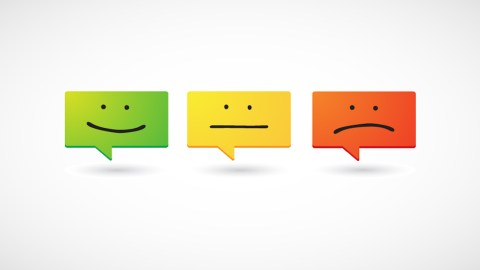Emoticons Strongly Influence How We Respond to Written Communication

Emoticons have a powerful effect on how we receive written communication, say sociologists.
🙂
Because the tone of a conversation affects how we react, and because physical cues help set tone, emoticons are much more than cute or trite. They help bridge the gap between writing and emotion, which is notorious for causing misunderstandings and hurt feelings.
Studies on workplace communication indicate that when emoticons accompany negative feedback from a superior, employees are more likely to implement the changes requested, provided they are specific.
Students are more likely to take online classes if emoticons are used in discussion groups and neuroscientists have found that the brain reacts to emoticons similar to how it reacts to real human faces. Sociology professor Ben Agger of the University of Texas, Arlington, said:
“Emoticons bring the nuances of face-to-face or voice-to-voice interaction, those nuances and subtleties which are necessarily lacking when you’re interacting by way of the screen. They attempt to make up for that alienation.”
Facebook is investing heavily in new non-verbal methods of communication that assist users in expressing their emotions, says psychologist Dacher Keltner of University of California, Berkeley. Last year, Keltner was contacted by Facebook to begin work on a set of emotionally versatile animated emoticons.
In his Big Think interview, Daniel Goleman, author of the famous treatise on the mind and emotion, Emotional Intelligence, argues that digital communication is dangerous when it inhibits our emotions.
Read more at BBC Future
Photo credit: Shutterstock




